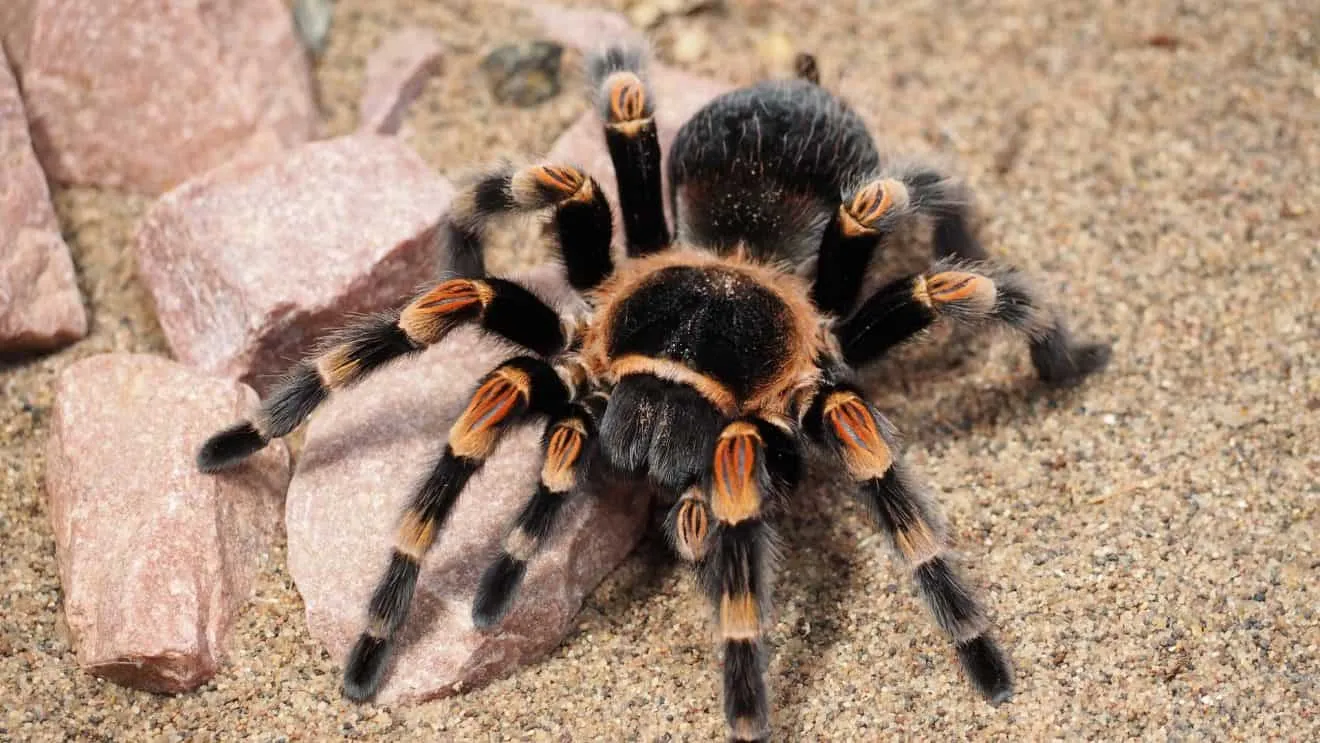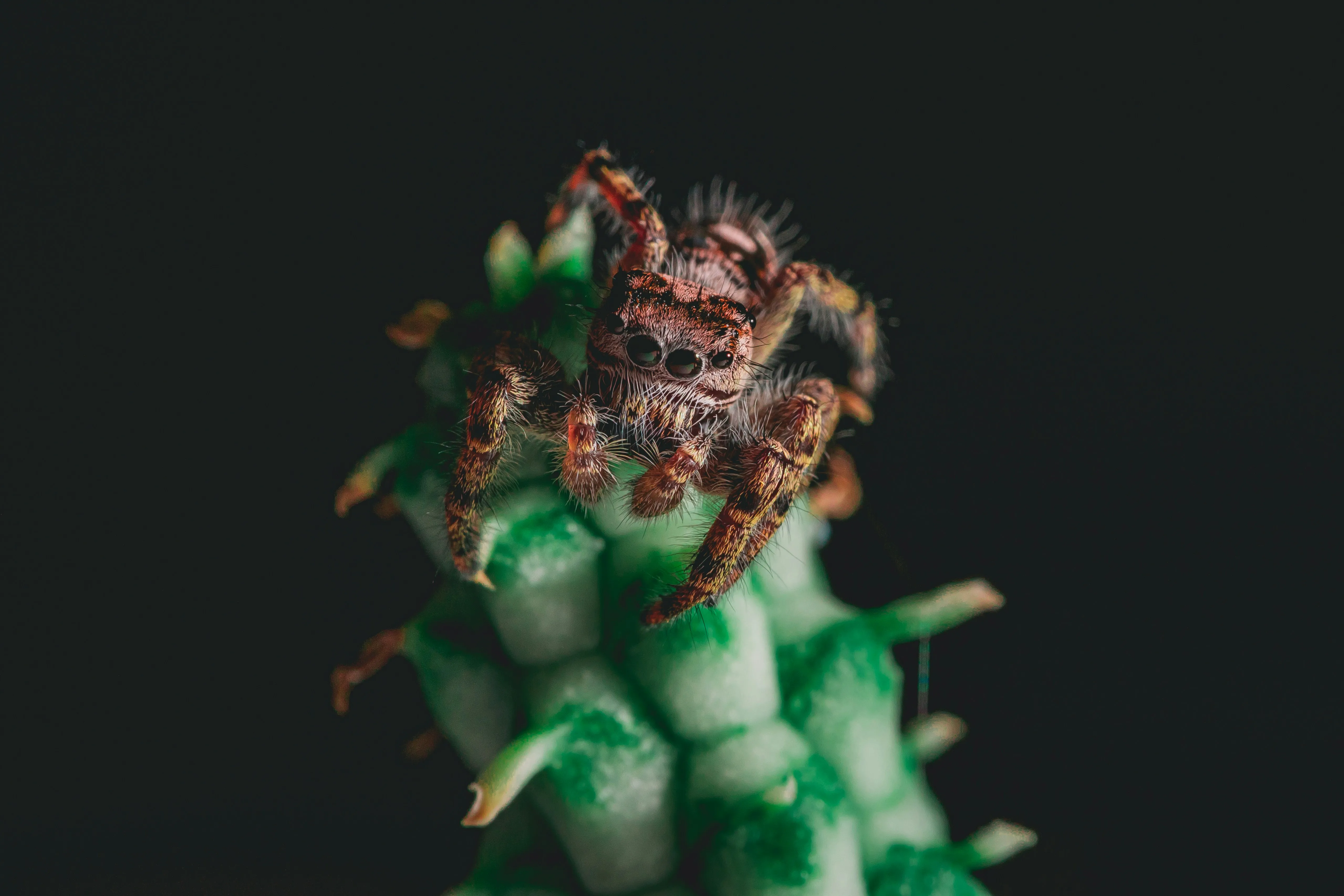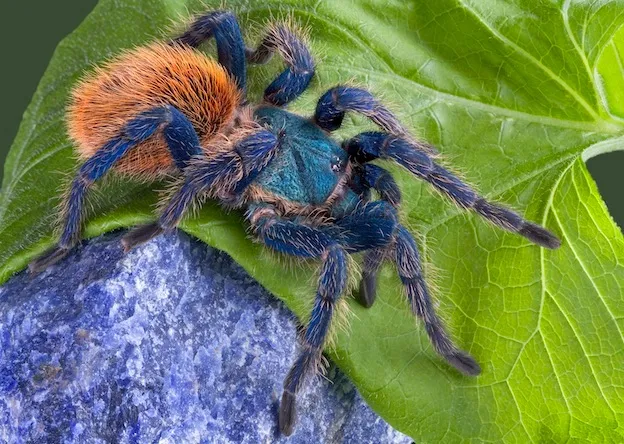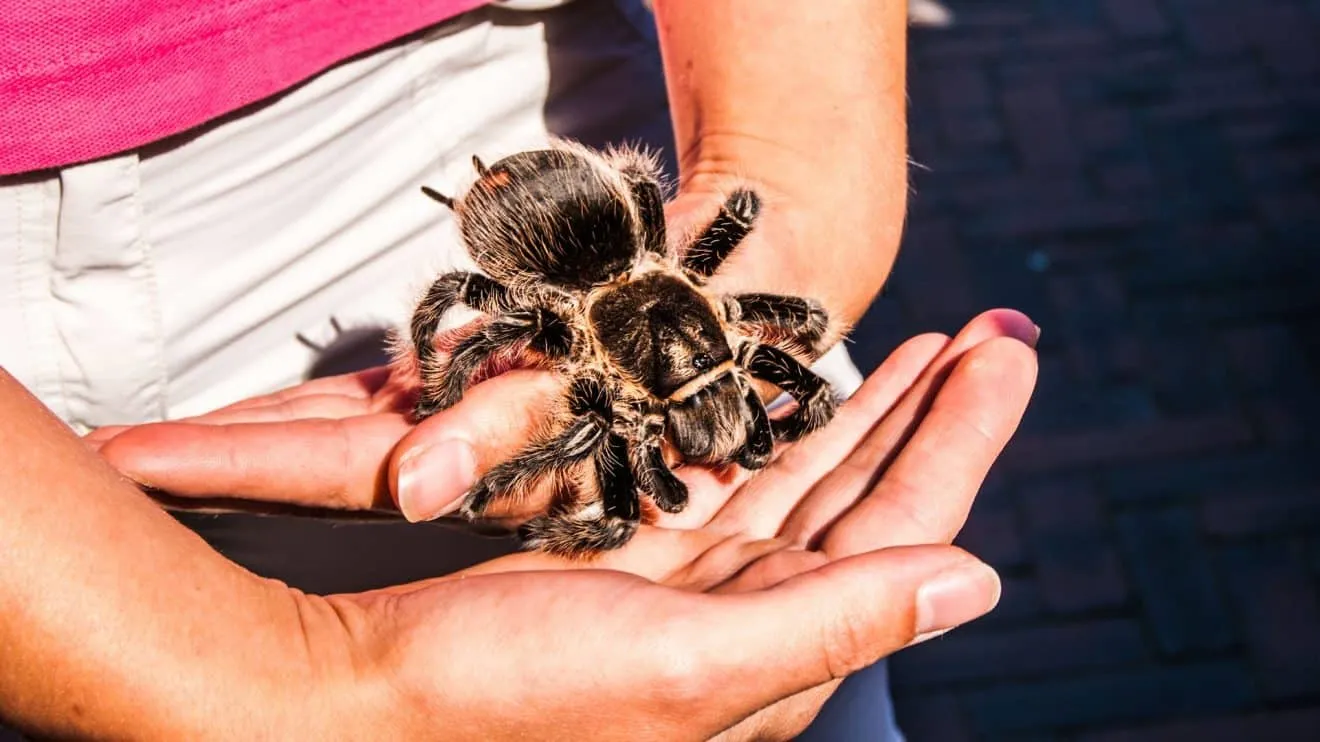What is the Tarantella Dance?
The tarantella is a traditional folk dance originating from the region of Apulia in Southern Italy. Characterized by its fast tempo, lively rhythms, and energetic movements, the tarantella is often performed by couples or groups. The dance is not only a form of entertainment but also holds deep historical and cultural significance, with its roots intertwined with ancient beliefs and practices. Understanding the tarantella’s nature is crucial to grasping its connection with the tarantula spider. The dance involves rapid footwork, intricate patterns, and expressive gestures, all designed to match the music’s spirited pace. The tarantella often features instruments such as tambourines, guitars, and accordions, contributing to its distinctive sound and energetic atmosphere.
History and Origins of the Tarantella
The history of the tarantella is rooted in ancient folklore and healing practices. It is believed that the dance emerged as a form of therapy for those bitten by the tarantula spider. The association between the dance and the spider is a complex one, involving superstitions, medical beliefs, and cultural traditions. The tarantella’s origins trace back to the 17th century in the Italian region of Taranto, where the belief in the spider’s venomous bite causing a form of hysteria and melancholia was widespread. The dance was seen as a means to purge the poison and cure the afflicted. The dance’s fast-paced movements and music were thought to induce a state of catharsis, thus “curing” the person bitten by the spider. The tarantella was not just a dance; it was a cultural phenomenon that shaped the lives and beliefs of many.
Cultural Significance of the Tarantella

The tarantella has long held immense cultural significance in Southern Italy and beyond. It embodies the spirit of the region, reflecting its history, traditions, and resilience. The dance is often performed during festivals, celebrations, and weddings, bringing communities together in a shared expression of joy and heritage. It serves as a symbol of regional pride, showcasing the unique identity of the people. The tarantella is also a means of cultural preservation, passing down traditions from one generation to the next. The dance reminds people of their history, while also providing a platform for artistic expression, creativity, and unity. It is a vibrant art form that celebrates life, love, and the enduring spirit of its people. The vibrant costumes and the lively music further add to the splendor of the dance, keeping the spirit of tradition alive.
What is a Tarantula Spider?
A tarantula is a large, hairy spider belonging to the Theraphosidae family. These spiders are known for their imposing size, with some species having a leg span of over ten inches. Tarantulas are found in various regions around the world, primarily in tropical and subtropical climates. They are typically nocturnal hunters, preying on insects, small animals, and occasionally birds. Tarantulas are often feared due to their appearance, but they are generally not aggressive and rarely pose a threat to humans. The tarantula, however, is the root of the tarantella dance, the mythology surrounding the bite, and the historical and cultural context.
Characteristics and Types of Tarantulas
Tarantulas exhibit a variety of characteristics, from their size and coloration to their specific behaviors. There are hundreds of tarantula species, each with its unique traits. Their colors range from various shades of brown and black to vibrant hues, such as blue and orange. Tarantulas have eight eyes, eight legs, and two body segments. The spiders are also known for their venom, which is used to subdue prey. Some tarantulas also have urticating hairs, which they can flick at potential threats for defense. These hairs are irritating to the skin. The diversity among tarantula species extends beyond their appearance; it includes their habitat preferences, feeding habits, and defensive strategies, making them one of the most fascinating spider groups.
Venom and Behavior of Tarantulas

Tarantula venom is primarily used for hunting and defense. The venom’s effect on humans is typically mild, resulting in localized pain and swelling, similar to a bee sting. Tarantulas generally are not aggressive and prefer to avoid confrontation. They exhibit a range of behaviors, including burrowing, web-spinning, and molting. Their behaviors are influenced by factors like the environment, prey availability, and the need for protection. The tarantula’s venom is not generally lethal to humans, and while the tarantula’s appearance might be intimidating, most species are not aggressive. They prefer to hide and defend themselves. The behavior and the venom of the tarantula are essential elements in understanding their role in the myth of the tarantella.
The Mythical Connection
The tarantella’s origin is deeply rooted in the belief that the dance could cure the bite of the tarantula. The myth suggests that the spider’s venom caused a state of frenzy, and the dance was the antidote. This belief shaped the history of the dance, connecting it with healing practices and cultural rituals. The connection is complex and influenced by superstition, medical misconceptions, and the limited scientific knowledge of the time. This historical context provides a basis for understanding the association between the tarantella and the tarantula spider. This is a case of historical and cultural significance, illustrating the human desire to understand and control the natural world.
The Story of the Tarantula Bite
The story of the tarantula bite played a crucial role in the development of the tarantella. It was believed that the bite induced a state of unrest and mania. The symptoms included restlessness, hysteria, and the desire to dance uncontrollably. The myth of the bite was linked with the region of Taranto, where the tarantula was most common. The effects of the bite were imagined, and the dance became the accepted treatment. The story of the bite and the subsequent dance provides a fascinating insight into the beliefs and practices of the time. The narrative highlights the strong connection between the natural world, human health, and cultural expression.
The Dance as a Cure

The tarantella became a means of purging the venom and restoring harmony, by being seen as a cure for the symptoms of the tarantula bite. The frenzied movements and fast-paced music were believed to counter the poison and bring about healing. The dance, with its emotional expression and physical exertion, was a way of combating the perceived effects of the bite. This association solidified the tarantella as a cultural phenomenon, linking dance with healing. The dance was not just a form of entertainment, but a therapeutic ritual. The dance became a shared activity, bringing communities together in the act of healing and cultural celebration. The tarantella’s evolution as a cure highlights its role in linking the tarantula to the dance.
Linguistic and Historical Links
The word “tarantella” derives from the Italian word for tarantula, “tarantola.” This linguistic link underlines the perceived connection between the spider and the dance. Historical sources indicate that the dance originated in the Taranto region, where tarantulas were prevalent. The name reflects the cultural belief system, which associated the spider’s bite with the need for the dance. Linguistic connections are valuable in understanding the origin of the dance and the prevailing beliefs of the time. The name shows how the local culture perceived and interpreted the natural world.
The Meaning of “Tarantella”
The term “tarantella” carries both a literal and symbolic meaning. Literally, it refers to the dance itself. Symbolically, it represents the connection between the dance and the tarantula spider, the myth of the bite, and the dance’s supposed therapeutic effects. The dance is a cultural artifact that expresses the cultural beliefs of its time. By understanding the meaning of the word, we gain insights into the historical significance of the dance. The term “tarantella” helps link the spider to the dance through its association with healing and cultural practices. This reinforces the concept of how dance was seen as a response to the tarantula.
Geographical Connections

The geographical connection between the tarantella dance and the tarantula is strong. The dance originated in the region of Taranto, Italy, where the tarantula spider was prevalent. This is no mere coincidence, it is fundamental to the dance’s origin. This regional link underscores the historical context of the dance and its relationship to the natural environment. The geography of the area contributes to understanding the emergence of the dance and the beliefs of the people. The geographical association solidifies the relationship between the dance and the spider, showing the impact of the environment on cultural practices.
Modern Perspectives
Modern perspectives on the tarantella and its relation to the tarantula vary greatly. Scientific understanding of the tarantula spider’s venom and its impact on humans has evolved, debunking the myth of the bite causing a state of hysteria cured by dance. Today, the tarantella is recognized as a cultural dance form, separate from the historical myths that created its context. The modern perspective appreciates the tarantella for its artistic expression and its cultural value. The evolution in understanding is a testament to how human knowledge changes through time, highlighting the importance of separating fact from fiction and preserving cultural artifacts.
Tarantella Today
The tarantella is still performed today, but its context has shifted. It is appreciated for its cultural value, artistic merit, and role in preserving tradition. It is no longer seen as a cure for tarantula bites, but rather as a celebration of heritage. The dance is often part of festivals, cultural events, and performances, and many communities continue to celebrate the tarantella. Today the dance is a symbol of Italian culture. The tarantella’s modern form reflects its continued evolution. Its modern performance reflects the dance’s survival through the centuries, highlighting its appeal across generations.
Tarantulas in the Modern World

Tarantulas are seen in modern culture for their fascinating traits. They are subjects of scientific study, pets for enthusiasts, and symbols in art and literature. The spiders evoke a mix of fascination and fear, and are valued for their unique characteristics. Their roles in modern culture vary from scientific research to educational purposes. Tarantulas also influence fashion and art, reminding society about nature’s complex biodiversity. The changing perspective on these creatures is evident through their prominence in the modern world.
